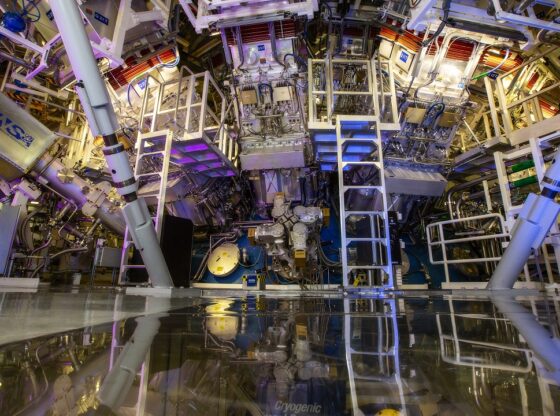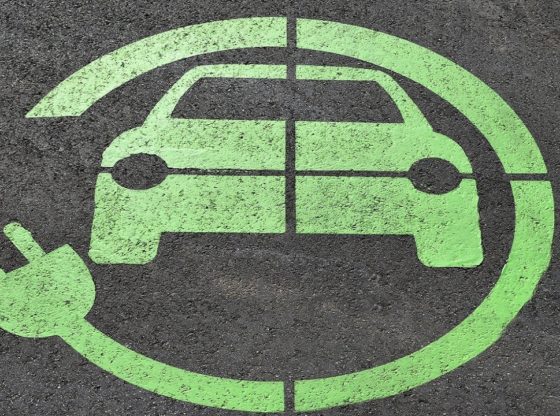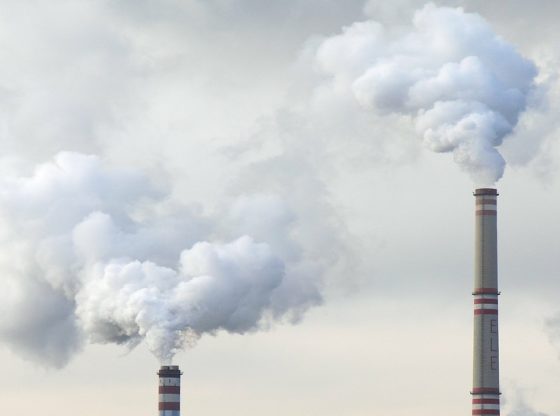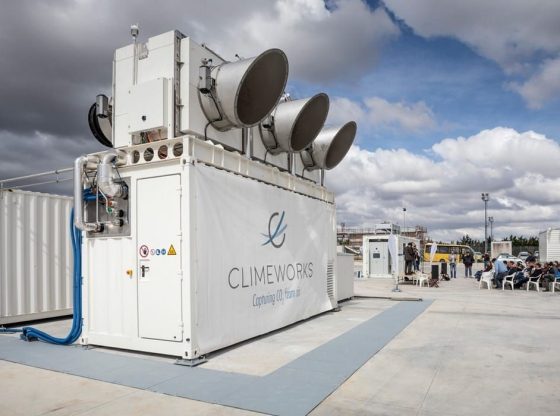In the future, we may drive cars running on methane or methanol produced by solar cells, this scenario is what a new study show possible. Researchers have developed a method of harnessing the greenhouse gas carbon dioxide and transform it into a sustainable fuel.

One way to tackle the climate problem may be to convert greenhouse gases into something useful. A new study published in Nature Communications shows how researchers have developed a sustainable so-called solar fuel.
Their method is to convert carbon dioxide into methane gas using radiation from the sun. The researchers hope that using their method will make prove a valuable concept of using greenhouse gases.
“Using our method in connection with major industrial plants, we can capture the carbon dioxide that industry releases and make sustainable fuel,”
– Hyunjoon Song, Professor of Nanotechnology at the Korean Institute of Science and Technology, and one of the researchers behind the study.
The South Korean researchers have developed a process that mixes tiny particles of zinc and copper oxides into carbonated water. When sunlight hits the particles, the metal oxides become a catalyst for a chemical reaction that breaks up the carbon dioxide in the water and binds the carbon to hydrogen molecules, producing nearly pure methane – the main component of natural gas.
“Experiments enabled us to obtain 99% pure methane out of carbon dioxides. If we can precisely control the catalyst structure at the nano level, it will greatly boost photocatalytic reaction efficiency and significantly help principle research,”
– Said a representative of the research team to Businesss Korea.
One of the challenges of replacing fossil fuels such as oil and natural gas with more sustainable fuels is that it often requires the rebuilding of some of the existing infrastructure. Not in this case, however, methane would be very much compatible with current infrastructure.
Burning gas derived from renewable sources would allow conventional power plants to produce electricity at times when renewables aren’t. Also, both metals used in the catalysts are cheap and abundant, reducing costs further.
The research at the Korea Advanced Institute of Science and Technology could greatly contribute to solving both global warming and energy problems at the same time.
Reference:
Kyung-Lyul Bae, Jinmo Kim, et al. Colloidal zinc oxide-copper(I) oxide nanocatalysts for selective aqueous photocatalytic carbon dioxide conversion into methane, Nature Communications 8, doi:10.1038/s41467-017-01165-4






















